Ancient Greeks started the whole trend, but by now we’re already way past the acting techniques that their actors were using in performances. However, current tendencies in the arts still carry a lot of the weight of the ancient texts and pay tribute to them. In the following article, we’ll be going over the most widely-used method acting practices today.
For each and every example listed below, we’ve also included one famous actor that is a proponent of said example. To make everything even more interesting, we thought we’d resort to GIFs to illustrate their talent.
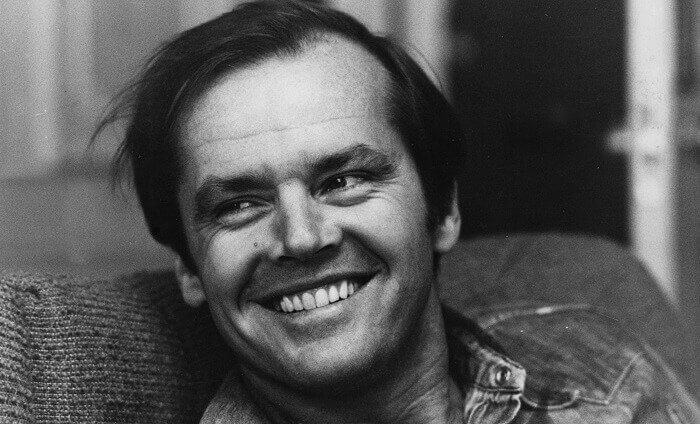
Acting Techniques to Kick Your Dramatic Persona Up a Notch
1. Stanislavski’s Acting Techniques
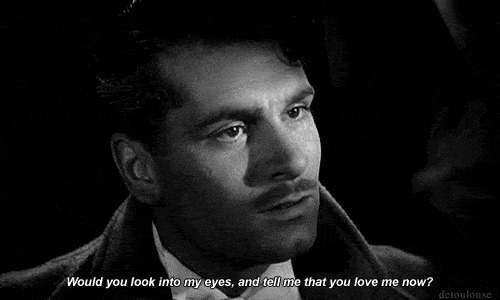
The dreamy and charming Laurence Olivier has taken Constantine Stanislavski’s lessons and made them his own. The problem with Stanislavski and how people perceive his guidance is that too many reduce them to simply applying one’s own emotions to the character he or she wants to play. As some may know, that’s an over-the-top simplification of his teachings.
Stanislavski was a famous Russian actor and theater practitioner who lived between 1863 and 1938. He employed and taught other actors to use their subconscious and emotional experience in order to create characters more real. To do this, the main effort needed is one of will. Before taking the stage, the actor, in his view, must consciously get into character. Basically, it meant tapping into dark waters of the mind in order to extract the ingredients necessary for an astute portrayal of the character.
Lastly, Stanislavski encouraged any improvised actions or lines that would further deepen the complexity of one’s character. If actors used his techniques the right way, they would obviously feel the need to add to their part through words or activities.
Several famous actors have adopted his techniques. Besides Lord Laurence Olivier, these include James Dean and three-times Academy Award-winning actor Daniel Day-Lewis, among many others.
2. Strasberg’s Acting Techniques
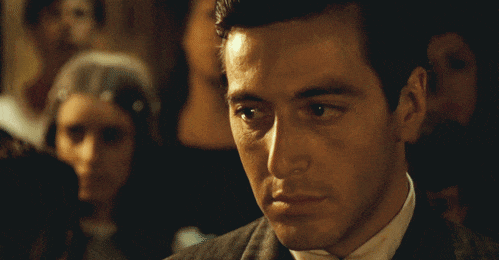
I guess we have a lot to thank Lee Strasberg for, including but not limited to Al Pacino’s impressive filmography. Thus, the former’s impact on cinematography cannot be denied. This shows best in the fact that there’s now a street named after him in Manhattan. It’s called the ‘Lee Strasberg Way’ and, get this, it’s a one-way street. I assume that means that once you discover his teachings, there’s no turning back.
There’s no more fitting description for Strasberg than as a ‘man of the century.’ Born at the dawn of the 20th century, in 1901, he was the herald of a new age of acting. One he would help create. For 80 tireless years, he continued to push forward, raising the ante for acting and furthering the discussions of the core concepts of this fascinating art. Emigrating from Poland sometime before 1909, Lee Strasberg (born Israel) would soon be at the heart of New York’s flourishing Jewish community.
The acting techniques put forth by Strasberg essentially became method acting incarnate. However, this could be said of all of Stanislavski’s followers. But while Stella Adler and Sanford Meisner added their own touch to Stanislavski, Strasberg doubled down on emotional memory (or affective memory). This encouraged actors to make use of past experiences in their personal lives in order to portray a character more real, closer to the authenticity that Stanislavski prophesized.
3. Stella Adler’s Acting Techniques
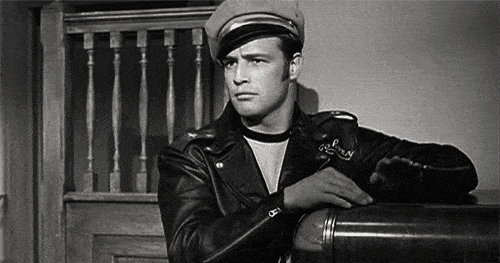
These GIFs that we’ve added – they’re only mostly accurate. Marlon Brando, for instance, took what best he could from the theories of all the founders of method acting. Still, though, his most clear influence was Stella Adler. Brando was directly trained by her, and also prefaced her book. There, he wrote lines like:
Almost all film-making anywhere in the world has been affected by American films, which has been, in turn, influenced by Stella Adler’s teachings. She is loved by many and we owe her much.
Marlon Brando, Preface to The Art of Acting
Adler was born the same year as Strasberg, but outlasted her friend, with important contributions right up to the year of her death. She was a friend to both Lee Strasberg and Meisner and they all worked together on multiple instances. However, she remains the only one of the three to have been close with Stanislavski himself while studying under his tutelage in Paris.
She went on to further disagree with Strasberg on key points. First and foremost, she believed imagination to be an integral part of acting, and that so the actor can’t rely solely on his or her emotional background. Stella Adler is often quoted saying it’s schizophrenic and sick to think of her dying mother when playing an emotional role.
4. Meisner’s Acting Techniques
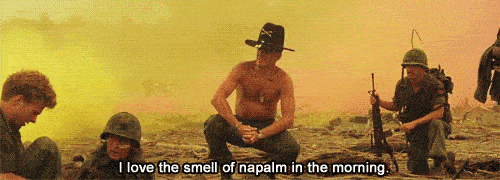
Sanford Meisner was the black sheep of the three method actors we’ve presented thus far. His acting techniques had absolutely nothing to do with emotional memory, something he believed was unnatural. He thus steered his methods towards what he called a ‘reality of doing’, i.e. acting as a consequence of other actors’ acting. In a way, we could see this as a form of living in the now, working with what you have.
Despite opposing philosophies regarding the stage, Meisner worked with both Adler and Strasberg at the Group Theater. The youngest of the three, Meisner would go on up to the brink of the new millennium, having almost an entire century of teaching and acting under his belt.
Meisner pretty much defined what it meant to act according to circumstance. He felt that feelings start to show once the lines are perfectly memorized and that variation in emphasis or tone should only come when it’s natural. In his teachings, he relied very much on repeating lines while acting them differently until the actions that accompany the lines start so signal emotion. That placed him at the top – with many young actors following his brilliant advice.
We can clearly see his touch in Robert Duvall’s masterful interpretation of Col. Bill Kilgore in Apocalypse Now, and in all of Christoph Waltz marvelous roles. All in all, Sandy Meisner’s acting techniques stand out as being practical, to the point, and easy to do once you get the hang of it. If a movie has a character trained in Meisner’s method, then you know that the chemistry of the characters in that movie will be impeccable.
5. Michael Chekov’s Acting Techniques
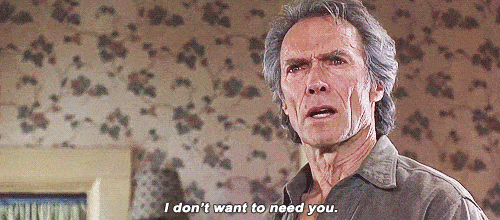
Now we move to another school of acting. Michael Chekov was the grandson of Anton Chekov, the famous Russian playwright. He was also very fond of the stage and built a theory widely used by some of the best actors around today, including the lone ranger himself, Clint Eastwood (pictured above in The Bridges of Madison County).
Chekov was also highly reliant on Stanislavski in his youth. They were friends and they toured together with the Moscow Art Theater’s First Studio. However, Chekov split from his mentor, both physically and when it came to style. He started his own company of actors and started to rely on the teachings of symbolism, mainly Andrei Bely and incorporated elements borrowed from the literary current into his own teachings.
Thus appeared the Chekov acting techniques. If we’re to look objectively, his ideas were a blend of Meisner’s and Stanislavski’s. One of his trademark moves remains the psychological gesture. This technique has the actor making a movement in line with the character and then suppressing it (either fully or in the middle of it). The end goal would be for the movement to trigger an emotional response that would endow the lines with more feeling than usual.
His method is not usually taken as is, but more as an addendum to either of the others present here. Partially due to this and to the fact that he had most of his career in Europe, Chekov was shadowed during his lifetime by Meisner, Adler, and Strasberg. Still, with names like Marilyn Monroe, Elia Kazan, or Anthony Hopkins affiliated with him, I’d say he did pretty well in the end.
6. Uta Hagen’s Acting Techniques
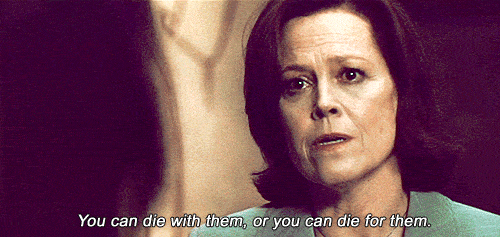
I know, the picture of Sigourney Weaver in a dramatic moment is slightly out of character. Still, whatever it is she’s playing, whether it’s the next incarnation of Alien, a drama, comedy, thriller, or all three combined, she does owe a lot to one person. And that’s Uta Hagen. She’s trained many-a-great actors and she also was one herself!
Hagen’s acting techniques are another blend of the theories that spawned from Stanislavski. Still, she’s not an adept of Strasberg, Adler, nor Meisner. Instead, she’s probably somewhere in between. Unlike Meisner, she didn’t completely ignore emotional or affective memory as parts of what makes an actor an actor. But she did, however, advocate for a freer definition of emotions in acting, saying that it’s the actions that ultimately make a character.
Hagen was for the actor understating his own self, the self of the character, and making a merger between the two. You can see that very clearly in many of Sigourney’s roles, since she often plays the role that she herself represents as a person – a strong and independent woman, playing a lead character or a very tough and important supporting one. This may not seem too rare nowadays, but you’ve got to remember the first time she put on the boots of Lt. Ripley it was 1979. To this extent, it may be that she was an integral part of the changes that occurred in society.
And all that thanks, in part, to Hagen. Through her method acting ideas, the actor or actress has far greater liberty to endow the character with strong traits from their own self.
7. Viola Spolin’s Acting Techniques
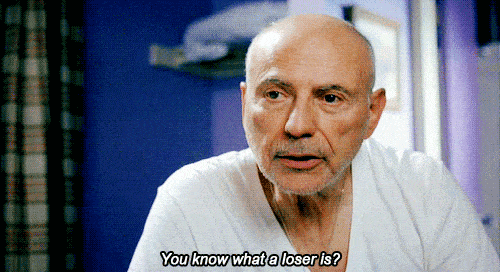
One word: improv! Yes, here is the birth of improvisational theater and everything that has to do with it. Viola Spolin started this school of American theater in little old Chicago with the Compass Players group. They were immediately a hit and started touring the US from top to bottom, left to right. But what about her acting techniques and why is Alan Arkin staring at us so creepily?
Given her affinity for improv, it comes as no surprise that she’s one step further from the ideas of Meisner. Ditching the line repeating routines that drove some of Meisner’s students mad, Spolin went full out for authenticity. Thus, her methods encourage actors to respond to the actions of fellow actors as authentically as they see fit within the frame of the respective character. Complicated? Maybe, but it’s very easy to understand when it’s put into practice.
Not many famous actors carry the banner for Viola Spolin, but those that do, do so proudly. The number of actors notwithstanding, her legacy is clearly set for a long life with many actors everywhere citing her book, Improvisation for the Theater, as revolutionary.
Final Words
Are we done? So it seems. This has been our rundown of the most impressive method acting techniques in theater and film today. Revolutionary and timelessly true, these directives stand proof to the level of complexity that acting employs.
Which of these acting techniques do you think suits you? Would you go with Spolin and just improvise your way to stardom? Or do you prefer a more disciplined, hard work and no fun way? Either one you chose, we’ve been glad to have you. Don’t forget to leave us with your own thoughts on all of this.
We found that first image here.